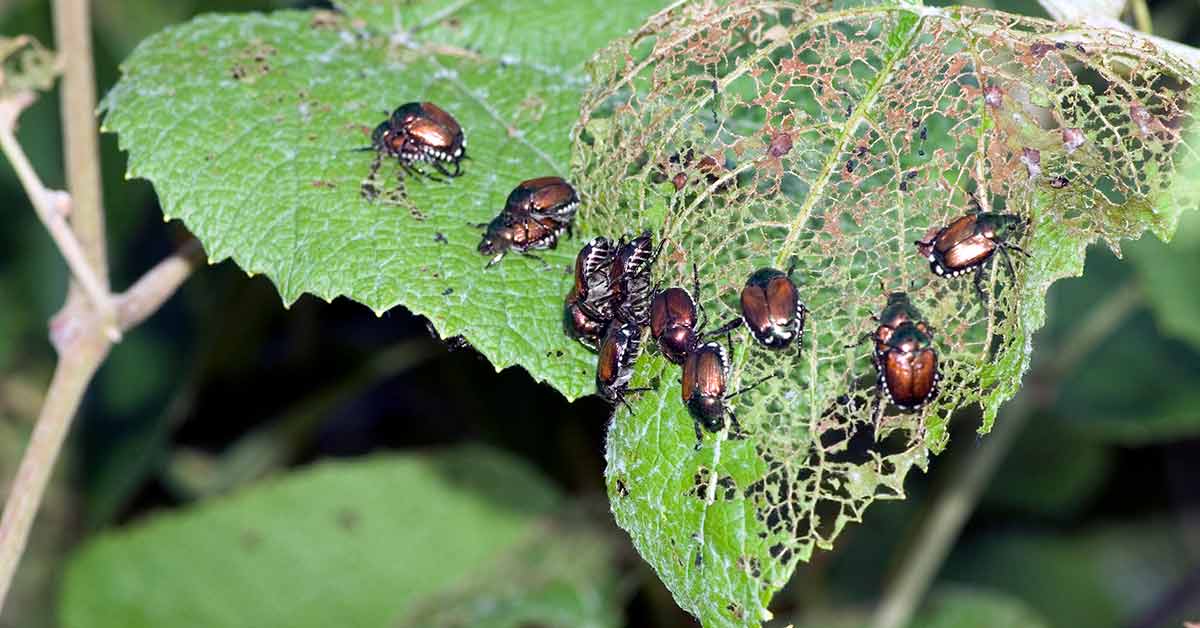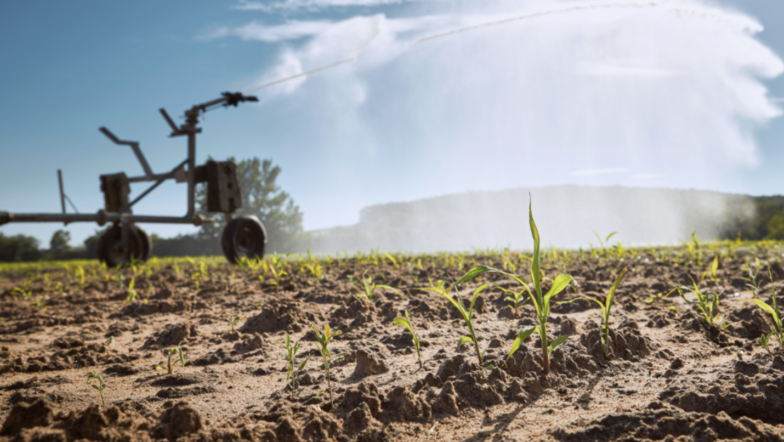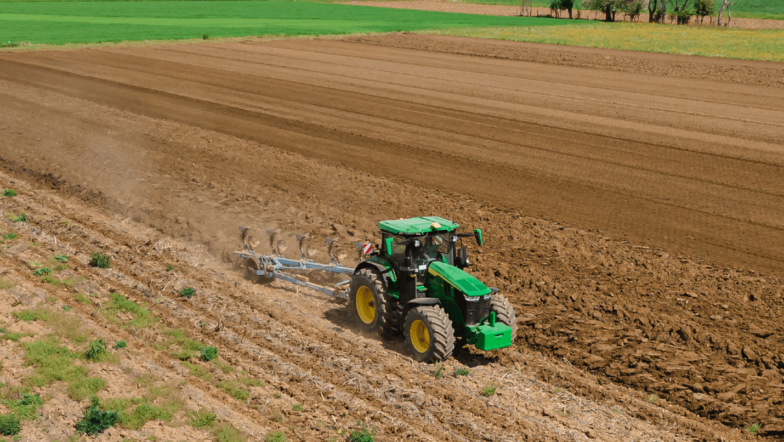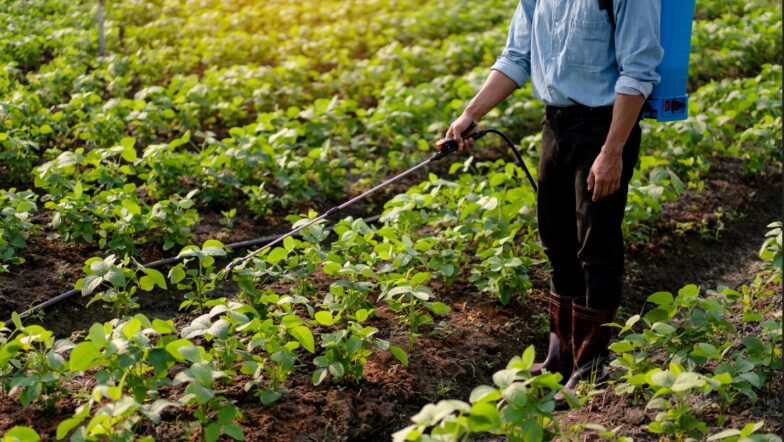Within the tapestry of agricultural practices, guarding against pests and diseases holds a pivotal role in nurturing flourishing crops. Pest and disease management in agriculture embodies a vital strategy aimed at shielding crops from the harmful impact of unwanted invaders and microbial threats. This approach involves prevention, early detection, and effective mitigation strategies. From insect invasions to fungal outbreaks, these adversaries pose a significant risk, capable of decimating entire harvests and disrupting the food supply chain. Successful pest and disease management acts as a defense against such agricultural calamities, profoundly influencing global food security.
Understanding this approach is crucial for farmers and agricultural stakeholders. By grasping the life cycles of pests, the triggers for various diseases, and the environmental factors promoting their growth, proactive measures can be established. Integrating natural methods, cultural practices, biological controls, and targeted chemical interventions provides a diverse toolkit for combating these agricultural adversaries. The significance of this management approach resonates not only in yield protection but also in fostering sustainability, ensuring a balance between agricultural productivity and environmental preservation.
How do pests and diseases affect crop yield in India
In India, pests and diseases pose significant challenges to agricultural productivity, impacting crop yields across the country. A diverse range of pests, including insects like aphids, bollworms, and locusts, as well as diseases caused by fungi, bacteria, and viruses, target various crops such as rice, wheat, cotton, and vegetables. These agricultural menaces contribute to substantial losses annually. Pests such as the pink bollworm devastate cotton crops, affecting the livelihoods of countless farmers. In rice cultivation, the brown plant hopper and bacterial leaf blight cause extensive damage, reducing both yield and quality. Similarly, wheat cultivation faces threats from diseases like rusts and pests like the wheat stem sawfly. These challenges are compounded by several factors, including climate change, inadequate pest management practices, and evolving pest resistance to certain pesticides. Small-scale farmers, who form the backbone of Indian agriculture, often lack access to the necessary resources, information, and technologies to effectively combat these issues. Consequently, crop losses due to pests and diseases have a cascading effect, impacting food security, farmer incomes, and the overall economy. Efforts to mitigate these challenges involve integrated pest management strategies, promoting resistant crop varieties, educating farmers on sustainable practices, and improving access to effective pest control measures. Addressing the complex interplay between pests, diseases, and agricultural practices is crucial to safeguarding crop yields and ensuring food security for India’s burgeoning population.
Tips for pest and disease management in India
Here are some of the most effective methods to manage pests and diseases that affect crop yield in India-:
- Crop Rotation-:
Crop rotation involves planting different crops in a sequential order on the same land. This method is effective in India due to its diverse agro-climatic conditions. It helps in breaking the lifecycle of pests and diseases by interrupting their continuity. The practice also aids in nutrient management and enhances soil fertility, minimizing the need for external inputs like fertilizers, thereby promoting sustainable agriculture.
- Companion Planting-:
Companion planting involves planting different crops together to provide natural pest control. In India, this method is beneficial due to the variety of crops grown. For example, planting marigold with vegetables can repel nematodes, while planting basil with tomatoes can deter pests. It’s a sustainable approach that reduces the dependency on chemical pesticides, promoting a healthier ecosystem and soil fertility.
- Biological Control-:
Using natural enemies like predators, parasites, or pathogens to manage pests is an effective strategy in India. This method is suitable due to the rich biodiversity in the country, providing a natural reservoir of beneficial organisms. For instance, introducing ladybugs to control aphids or using Trichogramma wasps to manage caterpillars can significantly reduce pest populations, promoting ecological balance without harming the environment.
- Integrated Pest Management (IPM)-:
IPM involves a combination of various pest control methods, including cultural, biological, and chemical means. This approach is suitable for India due to its cost-effectiveness and reduced environmental impact. By combining different strategies, farmers can effectively manage pests while minimizing the use of synthetic chemicals, promoting a healthier ecosystem and ensuring long-term agricultural sustainability.
- Organic Farming Practices-:
Embracing organic farming methods reduces the reliance on synthetic chemicals and promotes healthier ecosystems. India’s vast agricultural landscape and cultural acceptance of organic practices make this method suitable. By using natural fertilizers, compost, and biological pest controls, organic farming not only safeguards biodiversity but also provides healthier produce and protects the environment.
- Good Agricultural Practices (GAP)-:
Implementing GAP involves following recommended practices for crop cultivation, harvesting, and post-harvest handling. In India, these practices ensure food safety, minimize health risks, and enhance the quality of agricultural products. By adhering to GAP, farmers can reduce the risk of pest and disease contamination and ensure that their produce meets international standards, facilitating better market access and trade opportunities.
- Early Detection and Monitoring-:
Regular scouting and monitoring of crops for early signs of pest infestations are crucial in India. The country’s diverse climatic conditions can lead to various pest outbreaks. Early detection allows for timely intervention, preventing widespread damage and reducing the need for excessive pesticide application. By implementing surveillance systems, farmers can make informed decisions, applying targeted and precise control measures.
- Capacity Building and Education-:
Educating farmers about pest and disease management practices is crucial in India. Providing access to information, training, and resources empowers farmers to make informed decisions about sustainable pest control methods. Building capacity through training programs, workshops, and extension services enhances farmers’ knowledge, enabling them to adopt modern and effective pest management techniques while reducing the environmental impact of agriculture.
In the rich tapestry of agriculture, protecting crops from pests and diseases is pivotal for a flourishing harvest and global food security. In India, these agricultural adversaries significantly impact crop yields, posing challenges for farmers across the country. This situation is further complicated by climate change and limited access to resources, making it crucial to adopt effective pest and disease management strategies tailored to India’s diverse agricultural landscape.
Fortunately, a variety of practical and impactful methods exist to tackle these challenges. Techniques like crop rotation, companion planting, biological control, integrated pest management, organic farming practices, and adherence to Good Agricultural Practices offer promising solutions. These methods not only combat pests and diseases but also contribute to sustainable agriculture by balancing environmental preservation and agricultural productivity.
Empowering farmers through education and capacity building is key to adopting these practices successfully. By blending traditional wisdom with modern innovations, Indian agriculture can embrace a resilient, productive, and environmentally conscious future. These approaches promise a more secure and sustainable agricultural landscape for India.







Write a comment
Your email address will not be published. Required fields are marked *